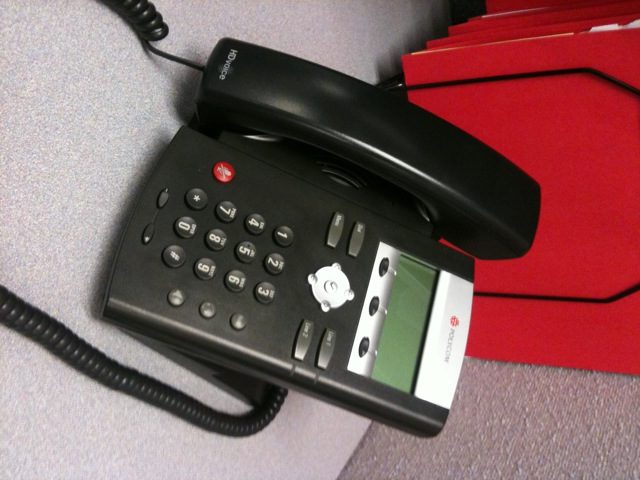As a business, you already know how important your disaster recovery plan is for your business. Without this plan, your business can suffer greatly as if something happens. Any downtime can have a negative impact on your business, which is why this is so important. How important is VoIP as part of your disaster recovery plan? How do you make it part of your disaster recovery plan? Learn more about VoIP and your disaster recovery plan by reading on.
Why VoIP Disaster Recovery Should Be In Your Disaster Recovery Plan
Did the power go out? Normally this makes it hard for customers to even access your voice mail since they can’t get through. However, thanks to VoIP, you can still get calls through call forwarding and receive voicemails since VoIP is a cloud-based service. If you don’t use a cloud-based VoIP service, you need to be sure that you have a separate broadband line for your VoIP service than what you use for your office.
Every second of downtime costs your business money. When potential customers can’t get ahold of you, they may turn to competition for the products and services that they are looking for. Your staff isn’t as productive or efficient without a VoIP disaster recovery plan. Fortunately, it can be simple to add VoIP to your disaster recovery plan.
Ways to Make VoIP Part of Your Disaster Recovery Plan
As previously mentioned, having a backup broadband line that is separate from your office broadband line can be a good idea for your business. If possible, choose a separate ISP for your VoIP broadband line and your office line. If one line fails, then you can switch to the other. This reduces your downtime and reduces the costs it takes to get back up and running quickly.
Another way that a VoIP phone system can be part of your disaster recovery plan is through call forwarding. Call forwarding is an incredible feature of VoIP that allows calls to be forwarded to any device so that your employees can work even if they aren’t in the office. They can continue to operate no matter where they are, ensuring that you don’t have any downtime. If your employees are working from home, be sure that you have rules in place for them such as not using public Wi-Fi networks.
Do your research on your provider. Having a provider that offers cloud-based services can be an essential key to any disaster recovery plan. You want a company that offers comprehensive services so that you can trust that everything will be taken care of if a problem does arise. You also want to make sure that they have essential services that you need, such as call forwarding or conference calling, so that you can still function as though your office is open. This includes making sure that the company offers disaster recovery services as well.
It’s important that you have the ability to monitor your business phone so that you can catch a problem before it becomes more serious. This way if your VoIP does go down, you can act quickly and do what’s necessary to get your business back online.
Now that you have a plan in place, it’s important that you test it out. You don’t want to have a plan in place that was never tested, because it might not work when you really need it to. You don’t want to be blindsided if something happens, finding out that your plan wasn’t effective. This plan should be tested regularly to ensure that you have all of the latest information. You need to be sure that you have current contact details, that the call forwarding features are sent to the right devices, and that the backup broadband works. Any flaws that you find during testing should be remedied as soon as possible and it’s recommended that you continually try the disaster recovery plan until it works perfectly and try it at random times to ensure everything works as intended.
Conclusion
Telecom2 can help you establish VoIP as your disaster recovery plan that works for your business. The goal of a disaster recovery plan is to reduce as much downtime as possible while allowing you to minimise your data losses. VoIP is a crucial aspect of your business to consider with your disaster recovery plan, so be sure that this is included so that your business can get back up and running as soon as possible.


